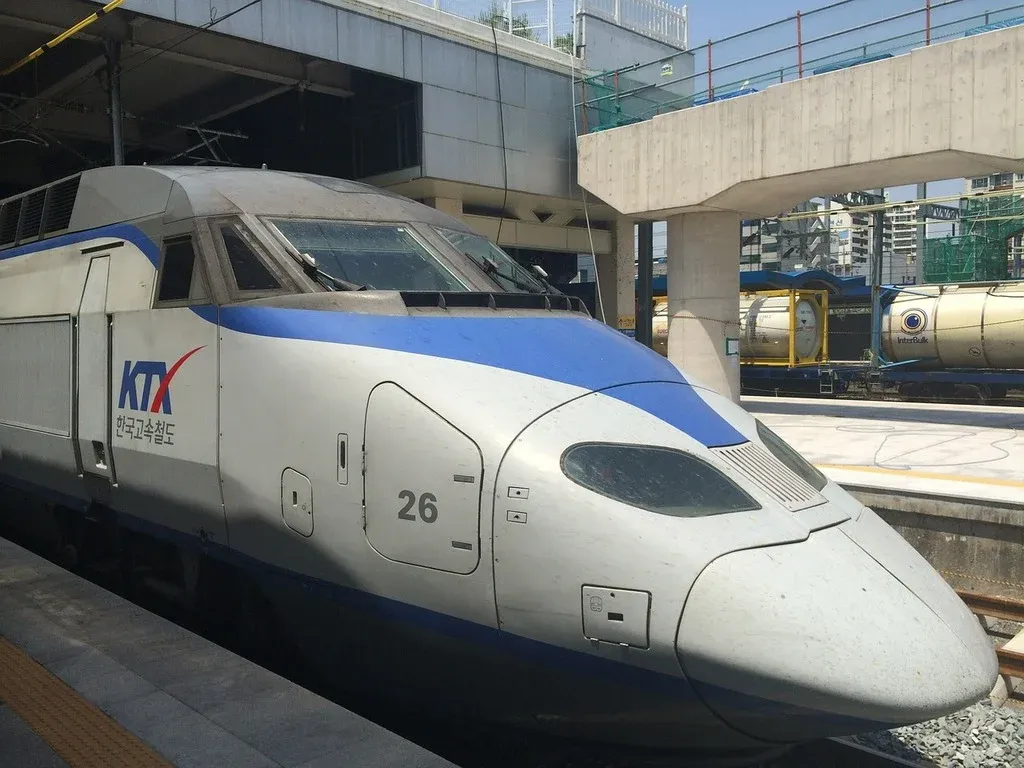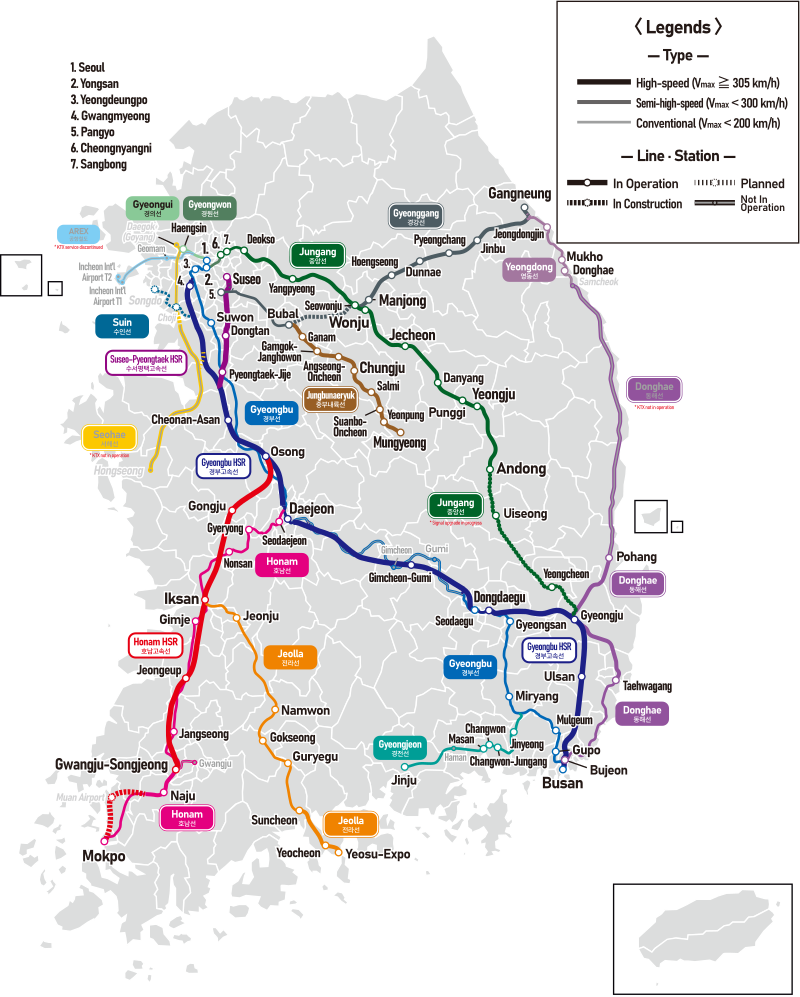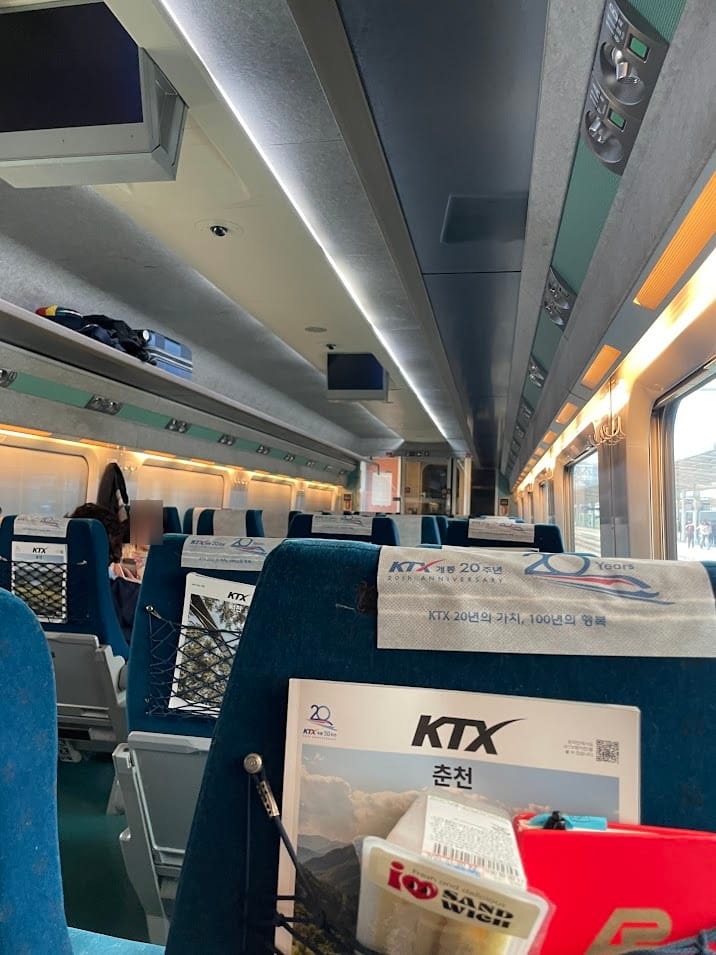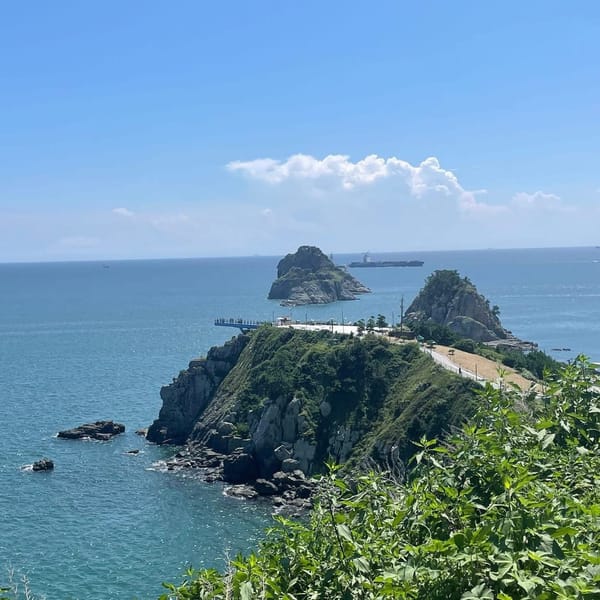Korean High Speed Rail: KTX & My Experience

In 2024, I had the pleasure of experiencing one of South Korea’s fastest modes of ground transportation: the KTX high-speed train from Seoul Station to Busan. For anyone planning a trip to South Korea, here’s a bit of background on how this impressive rail system came to be and what you can expect when riding the KTX yourself.
The initial push for a high-speed rail line began in the 1980s, as South Korea experienced growing traffic congestion along the Seoul-Busan corridor, the busiest and most economically vital route in the country. As road and conventional rail systems strained under increasing demand, the government launched feasibility studies to evaluate the benefits of a new high-speed railway. At the time, the projected cost of the project was approximately ₩5.85 trillion KRW, which adjusted for inflation would equal about $15.1 billion USD in 2025. Despite the high price tag, the potential for improved mobility and national economic benefit justified moving forward.

Construction of the Gyeongbu High-Speed Railway, the backbone of the KTX network, began in 1992, starting with the segment from Cheonan to Daejeon. This section served as a prototype to test engineering feasibility, station design, and safety protocols before extending toward larger metropolitan areas. The second major construction phase focused on connecting Daegu to Busan and began in 2002. This phase faced numerous challenges, including environmental impact concerns, topographical constraints in mountainous regions, design revisions, and lengthy construction delays. Despite these setbacks, the full Seoul-Busan high-speed connection eventually became operational, reducing travel time from over four hours to around two and a half hours and even less on newer train models. See the Brand New 2024 Cheong-Ryong KTX Train.
Since its launch in 2004, the KTX has expanded significantly. Additional lines such as the Honam (opened in 2015), Suseo to Pyeongtaek (part of the SRT line opened in 2016 but integrated with KTX service), and Gangneung routes (opened in 2018) have broadened coverage and improved national connectivity. Today, South Korea operates over 1,100 kilometers of high-speed rail, making it one of the most advanced and efficient networks in the world. The KTX has drastically reduced travel times cutting the Seoul to Busan journey from over 4 hours to as little as 2 hours and 15 minutes.
While the system has enhanced domestic travel and positioned South Korea as a global leader in rail infrastructure, the KTX has not always been financially profitable. Korail, the state-owned operator, reported a net loss of approximately ₩684.6 billion KRW (about $495 million USD) in 2022, largely due to high maintenance costs, infrastructure debt, and underperforming routes outside of the core Seoul-Busan corridor. Despite strong ridership over 66 million passengers used the KTX in 2023-the system depends heavily on government subsidies. This raises long-term concerns about financial sustainability, especially as the network continues to expand. Without structural reforms or diversified funding, the burden on taxpayers may grow, potentially impacting future investment in rail or other public infrastructure projects.

If you're currently in South Korea and thinking about riding the KTX, you're in luck! It’s incredibly easy to use, even if you don’t speak Korean. Buying tickets was surprisingly straightforward. For foreign travelers, I highly recommend purchasing your KTX tickets directly from the official Korail website. I made the mistake of using a third-party site (ahem, Rail Ninja) for a one-way ticket and ended up paying nearly double due to hidden fees. My Busan-native girlfriend quickly clued me in to the scam. Learn from my mistake, save your money and book smart.
On the day of my trip, I arrived at Seoul Station around 7:00 AM, expecting airport level security and long lines to board the train. But to my surprise, there was no security checkpoint, no baggage screening, and no staff checking tickets before boarding. My American mind was honestly blown. It was such a refreshing and efficient experience. I just walked onto the platform, found my assigned seat, and that was it. No hassle, no delays, just go.
Once the train departed, I quickly settled into the ride. The train was whisper-quiet, incredibly smooth, and incredibly fast. At one point we hit a top speed of 305 kilometers per hour, or 190 miles per hour. Yet it never felt jarring or unstable; it was more like gliding than riding. I had the entire row to myself, so I stretched out a bit, enjoyed my egg sandwich, and popped on the Sonic Unleashed soundtrack. Something about speeding through the Korean countryside while “Windmill Isle” played in my headphones made the whole experience feel surreal and peaceful.
Out the window, the view constantly shifted from urban skylines and suburban towns to mountains, rivers, and bright green rice paddies. Watching the country unfold at high speed gave me a totally different appreciation for how geographically diverse Korea is, even in such a short distance. The KTX makes that diversity feel stitched together seamlessly.
When we arrived at Busan Station, the transition was just as smooth. Clear signage made it easy to find the subway line, and within minutes I was on my way to Gamcheon Culture Village, a colorful hillside neighborhood full of street art, winding alleys, and ocean views.
Overall, riding the KTX was one of the most memorable parts of my trip, not just because it was fast, but because it was so refreshingly easy and enjoyable. If you're planning to travel between cities in Korea, I can’t recommend it enough.
Citations Used:
Korail, “KTX Information,” Korail, accessed June 30, 2025, https://info.korail.com/infoeng/contents.do?key=1226.




